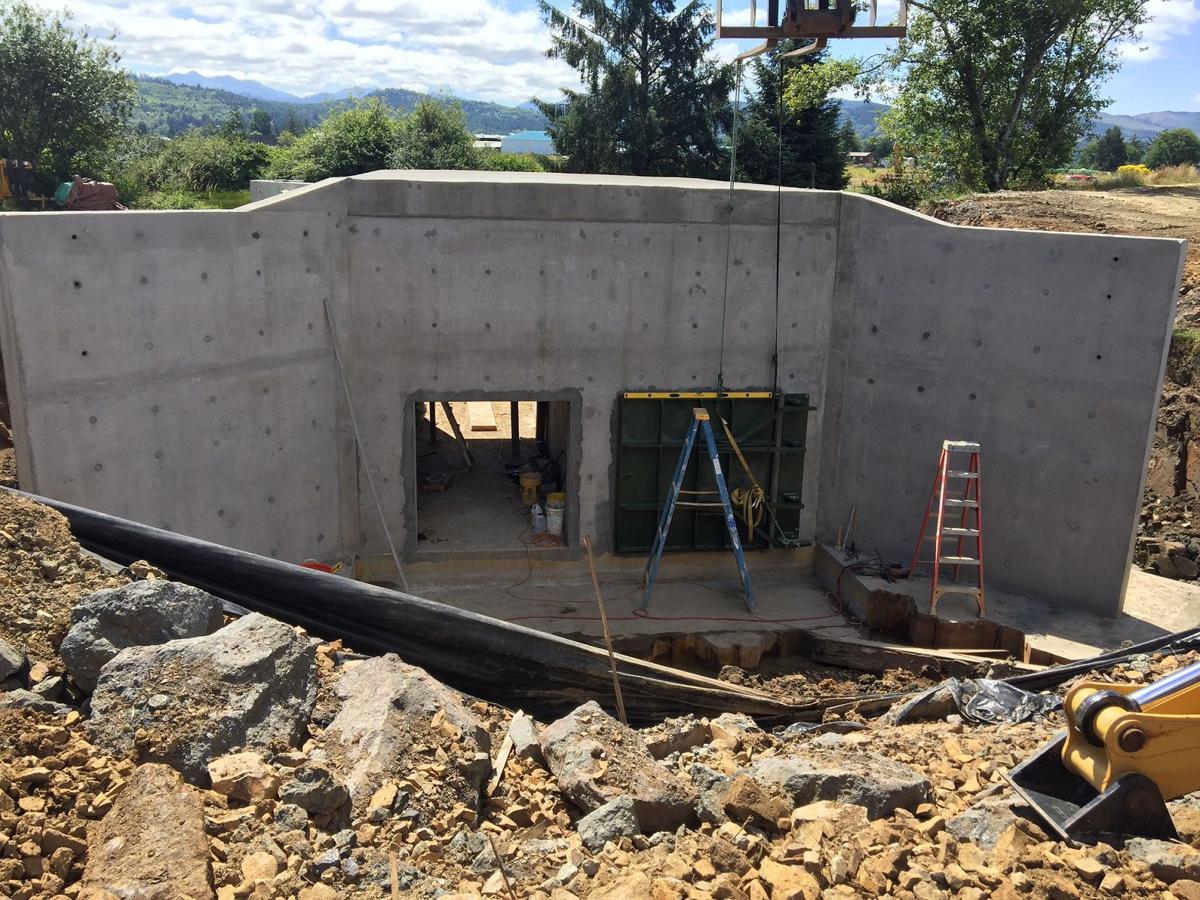This April, estuary practitioners received a significant boost with the publication of the “Tide Gate & Tidal Wetland Monitoring: Guidance and Protocols for Estuary Practitioners” handbook. Funded by the Oregon Watershed Enhancement Board (OWEB) and developed through a collaborative effort between the Coquille Watershed Association (CoqWA), The Nature Conservancy (TNC), and the Tillamook Estuaries Partnership (TEP), this comprehensive resource aims to standardize and simplify the monitoring of tide gate projects across diverse environments and funding levels.
A Universal Tool for Practitioners
The handbook provides a robust set of monitoring methods that can be applied to any tide gate project, regardless of its scale, location, or available resources. By doing so, it ensures that critical monitoring activities are accessible to all practitioners, promoting consistency and comparability across projects. This universal applicability helps bridge the gap between large, well-funded projects and smaller initiatives that may lack extensive financial support.
Comprehensive Collaboration
The creation of this handbook was a deeply collaborative process. In addition to the primary funding and guidance from OWEB, the development involved input from the Columbia River Estuary Study Taskforce, the Confederated Tribes of Siletz Indians, and experts like Laura Brophy from the Institute for Applied Ecology. The collaborative nature of this project reflects the broad consensus on the need for standardized monitoring protocols, as identified in a 2018 publication by Souder et al. This earlier work highlighted the critical gaps in knowledge and the lack of standardized protocols for tide gate monitoring, which the new handbook aims to address.
Structured for Practical Use
The handbook is meticulously organized to serve a wide range of users, from watershed councils and private landowners to researchers and regulatory bodies. It offers a tiered approach to monitoring, dividing it into three main categories: implementation, compliance, and effectiveness. Each tier increases in complexity and detail, ensuring that the monitoring efforts are scalable according to the project’s requirements.
- Implementation Monitoring: This basic level of monitoring is recommended for all tide gate projects. It involves the collection of essential data to confirm that a project was built as designed.
- Compliance Monitoring: Aimed at projects with specific regulatory requirements, this level focuses on ensuring that the tide gate functions as intended and meets legal and permit criteria.
- Effectiveness Monitoring: This comprehensive level evaluates the overall success of a project, examining its impact on hydrology, water quality, vegetation, and fish populations.
Ensuring Long-term Success
One of the handbook’s primary goals is to create a repository of monitoring data that can inform future tide gate projects. By establishing consistent monitoring methods, the handbook facilitates the sharing of knowledge and experiences across different geographies. This collective understanding can significantly enhance adaptive management practices, allowing for ongoing improvements in tide gate design and implementation.
The handbook is not just a static document; it is a dynamic tool meant to evolve with ongoing feedback from practitioners. It encourages users to adapt its guidelines to their specific contexts and to contribute their findings back to the broader community.
Access and Availability
The “Tide Gate & Tidal Wetland Monitoring: Guidance and Protocols for Estuary Practitioners” handbook is available for download from the websites of the Coquille Watershed Association, The Nature Conservancy in Oregon, and the Tillamook Estuaries Partnership. Practitioners are encouraged to utilize this resource to enhance the effectiveness and sustainability of their tide gate projects.
For more information, visit:


.png)